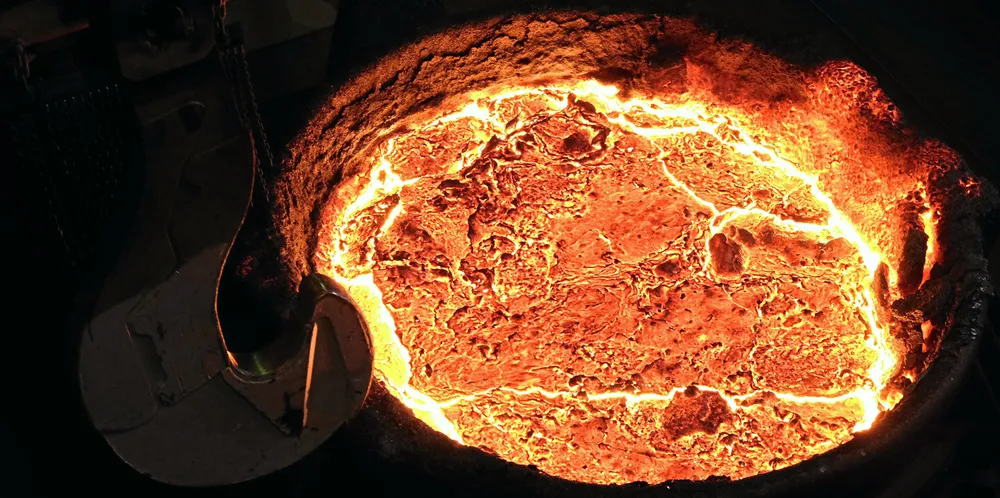Decarbonising the global steel industry 'would require 600GW of hydrogen electrolysers'
Net-zero steel production would require 52 million tonnes of green H2 annually by 2050 — and 2,000GW of renewable energy — says consultancy Wood Mackenzie

Net-zero steel production would require 52 million tonnes of green H2 annually by 2050 — and 2,000GW of renewable energy — says consultancy Wood Mackenzie
